Home>Gardening & Outdoor>Landscaping Ideas>What Type Of Grass Is Used For Soccer Fields


Landscaping Ideas
What Type Of Grass Is Used For Soccer Fields
Published: January 30, 2024
Discover the best landscaping ideas for soccer fields and learn about the ideal type of grass used for creating a perfect playing surface. Explore expert tips and recommendations for your sports field project.
(Many of the links in this article redirect to a specific reviewed product. Your purchase of these products through affiliate links helps to generate commission for Storables.com, at no extra cost. Learn more)
Introduction
When it comes to soccer, the playing surface is paramount. The type of grass used on soccer fields can significantly impact the game, player performance, and field maintenance. Understanding the different types of grasses used for soccer fields is crucial for ensuring optimal playing conditions and durability. Whether it’s warm-season grasses that thrive in hot climates, cool-season grasses that withstand colder temperatures, or hybrid varieties that offer the best of both worlds, each type has its unique characteristics and benefits. In this article, we’ll explore the various grass options for soccer fields, delving into the features, advantages, and considerations associated with each type. By the end, you’ll have a comprehensive understanding of the grasses used on soccer fields and the factors to consider when choosing the most suitable option.
Key Takeaways:
- Soccer fields use different grass types based on climate. Warm-season grasses like Bermuda grass thrive in hot areas, while cool-season grasses like Kentucky bluegrass are ideal for cooler regions. Hybrid grasses combine the best of both worlds for versatile playing surfaces.
- Factors like climate, wear tolerance, recovery rate, maintenance, soil adaptability, and sustainability are crucial when choosing grass for soccer fields. The right grass type ensures optimal performance, durability, and visual appeal for an exciting soccer experience.
Warm-Season Grasses
Warm-season grasses are well-suited for soccer fields located in regions with hot climates and prolonged periods of sunlight. These grasses thrive in temperatures between 80-95°F and exhibit excellent heat tolerance, making them ideal for fields in southern regions and tropical areas. One of the most popular warm-season grasses used for soccer fields is Bermuda grass. Its dense, resilient nature and exceptional wear tolerance make it a top choice for high-traffic sports fields. Bermuda grass establishes a dense, lush turf that can withstand the demands of soccer gameplay, providing a stable and uniform surface for players.
Another warm-season grass variety commonly utilized on soccer fields is Zoysia grass. Known for its exceptional drought tolerance and ability to withstand heavy foot traffic, Zoysia grass is a resilient option that can endure the rigors of soccer matches and training sessions. Its dense growth pattern creates a robust playing surface, offering players reliable footing and ball roll. Additionally, Seashore Paspalum, with its salt tolerance and adaptability to coastal climates, is a favorable choice for soccer fields near the coast.
Warm-season grasses are characterized by their ability to thrive in hot conditions and maintain their vigor during the peak playing season. Their resilience, heat tolerance, and ability to recuperate from wear make them valuable assets for soccer fields in warm climates, ensuring consistent playability and durability throughout the season.
Cool-Season Grasses
For soccer fields in cooler climates and regions with distinct seasonal changes, cool-season grasses offer an optimal playing surface that can withstand lower temperatures and varying weather conditions. One of the most prevalent cool-season grasses used on soccer fields is Kentucky bluegrass. Renowned for its lush green color, fine texture, and exceptional cold tolerance, Kentucky bluegrass provides a dense and resilient turf that can endure the demands of soccer gameplay. Its ability to recuperate quickly from wear and its adaptability to a range of soil types make it a popular choice for soccer fields in cooler regions.
Another cool-season grass variety commonly employed on soccer fields is perennial ryegrass. With its rapid germination and establishment, perennial ryegrass contributes to the quick development of a robust playing surface, making it an ideal choice for overseeding warm-season grass fields or for use in cooler climates. Perennial ryegrass exhibits excellent wear tolerance and a fine leaf texture, enhancing the overall playability and aesthetic appeal of soccer fields.
Fescue grass, known for its shade tolerance and low maintenance requirements, is also utilized on soccer fields in cooler regions. Its adaptability to a variety of soil conditions and its resistance to disease and pests make it a reliable option for maintaining a consistent playing surface throughout the soccer season.
Cool-season grasses thrive in temperatures ranging from 60-75°F and are well-suited for soccer fields in regions with distinct seasonal changes. Their ability to withstand cooler temperatures, rapid recovery from wear, and adaptability to various soil types make them valuable for ensuring the playability and durability of soccer fields in cooler climates.
When choosing grass for soccer fields, it’s important to consider durability and playability. Bermuda grass is commonly used for its ability to withstand heavy foot traffic and recover quickly from damage.
Hybrid Grasses
Hybrid grasses have gained prominence in the realm of soccer field surfaces, offering a blend of desirable characteristics from both warm-season and cool-season grass varieties. One of the most notable hybrid grasses used on soccer fields is a combination of Bermuda grass and perennial ryegrass. This hybridization capitalizes on the strengths of both grass types, incorporating Bermuda grass’s heat tolerance and wear resistance with perennial ryegrass’s cold tolerance and rapid establishment. The result is a versatile playing surface that can withstand a wide range of environmental conditions, making it an ideal choice for soccer fields that experience fluctuating temperatures.
Another hybrid grass variety that has garnered attention in the realm of soccer field surfaces is a blend of Zoysia grass and Kentucky bluegrass. This combination leverages Zoysia grass’s resilience and drought tolerance alongside Kentucky bluegrass’s lush appearance and cold tolerance. The hybrid grass provides a robust playing surface that can endure the demands of soccer gameplay while maintaining an aesthetically pleasing appearance throughout the season.
Hybrid grasses offer the advantage of combining the strengths of different grass species, resulting in a playing surface that exhibits enhanced resilience, adaptability, and playability. By blending the unique attributes of warm-season and cool-season grasses, hybrid varieties provide soccer fields with a versatile and durable turf that can accommodate a range of environmental conditions, ensuring consistent performance and visual appeal.
Factors to Consider When Choosing Grass for Soccer Fields
When selecting the most suitable grass for soccer fields, several crucial factors come into play to ensure optimal performance, durability, and visual appeal. Understanding these considerations is essential for making informed decisions that align with the specific needs and environmental conditions of the soccer field.
- Climate and Temperature: The prevailing climate and temperature range of the region where the soccer field is located significantly influence the choice of grass. Warm-season grasses are ideal for hot climates, while cool-season grasses thrive in cooler regions with distinct seasonal changes.
- Wear Tolerance: The ability of the grass to withstand heavy foot traffic, intense gameplay, and frequent training sessions is crucial for maintaining a resilient playing surface. High wear tolerance ensures that the grass can endure the demands of soccer activities without compromising its integrity.
- Recovery Rate: Grass varieties with rapid recovery rates from wear and damage contribute to the consistent playability of the soccer field. Quick recuperation enables the grass to maintain its quality and stability, minimizing disruptions to gameplay.
- Water and Maintenance Requirements: Considering the water availability and maintenance resources is essential. Some grass types may have higher water and maintenance demands, while others exhibit drought tolerance and low maintenance requirements, making them more suitable for certain environments.
- Adaptability to Soil Conditions: The grass’s ability to thrive in various soil types, including factors such as drainage, pH levels, and nutrient content, is pivotal for establishing a healthy and robust turf on the soccer field.
- Environmental Sustainability: Evaluating the environmental impact of the chosen grass variety, including its water efficiency, resistance to pests and diseases, and overall sustainability, is essential for promoting eco-friendly field management practices.
By carefully considering these factors, soccer field managers and decision-makers can make informed choices regarding the most suitable grass type for their specific field conditions, ultimately ensuring an optimal playing surface that meets the needs of players, withstands environmental challenges, and enhances the overall soccer experience.
Read more: What Type Of Turf Grass Is Florida Field
Conclusion
The type of grass utilized on soccer fields plays a pivotal role in shaping the playing surface’s durability, resilience, and overall performance. Whether it’s the heat tolerance of warm-season grasses, the cold resistance of cool-season varieties, or the versatile attributes of hybrid grasses, each type offers unique advantages that cater to specific environmental conditions and playing demands.
Understanding the distinct characteristics and considerations associated with warm-season, cool-season, and hybrid grasses empowers field managers and decision-makers to make informed choices that align with the needs of their soccer fields. By factoring in elements such as climate suitability, wear tolerance, recovery rates, maintenance requirements, soil adaptability, and environmental sustainability, the selection of the most suitable grass type becomes a strategic decision aimed at optimizing the playability, aesthetics, and longevity of the field.
Ultimately, the careful consideration of these factors ensures that soccer fields boast a resilient, visually appealing, and sustainable grass surface that enhances the overall soccer experience. Whether it’s the lush greenery of Kentucky bluegrass, the robustness of Bermuda grass, or the versatility of hybrid varieties, the chosen grass type contributes significantly to the quality and performance of soccer fields, creating an optimal playing environment for players and spectators alike.
By embracing the diverse array of grass options and the key considerations involved in their selection, soccer fields can continue to provide a stage for exhilarating matches, skillful gameplay, and enduring sporting memories, all supported by the foundation of a meticulously chosen and well-maintained grass surface.
Frequently Asked Questions about What Type Of Grass Is Used For Soccer Fields
Was this page helpful?
At Storables.com, we guarantee accurate and reliable information. Our content, validated by Expert Board Contributors, is crafted following stringent Editorial Policies. We're committed to providing you with well-researched, expert-backed insights for all your informational needs.
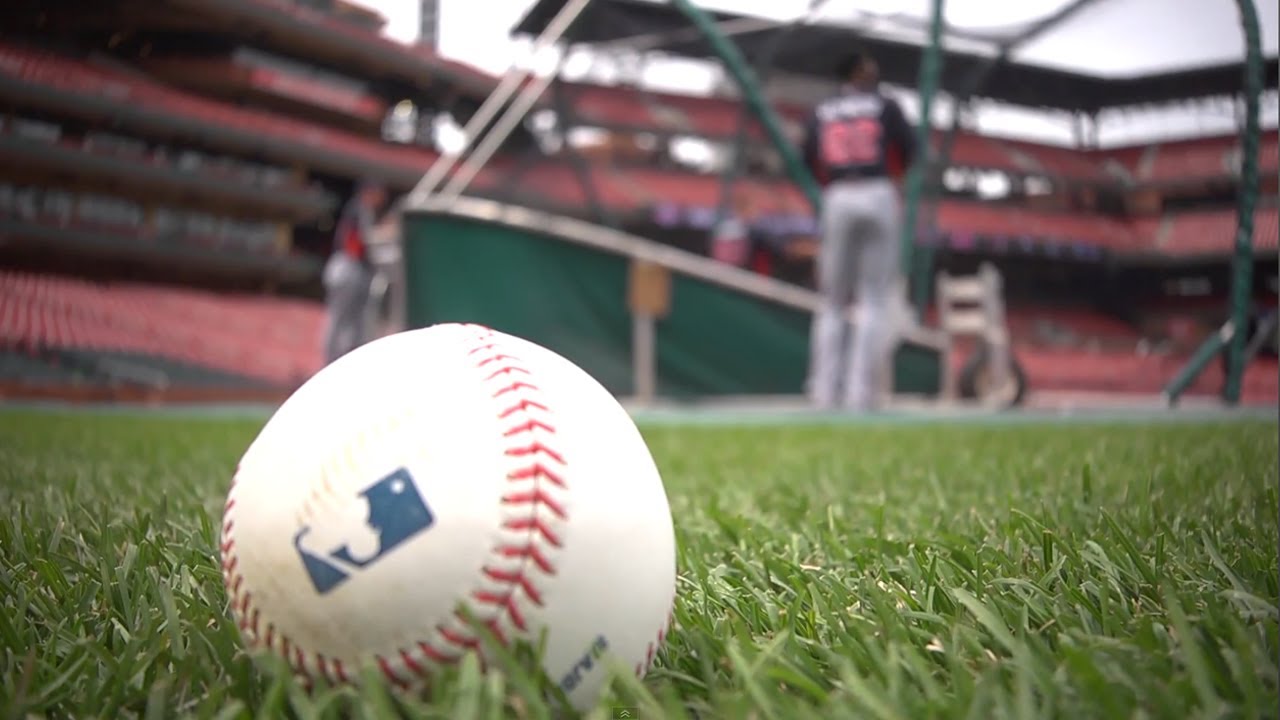
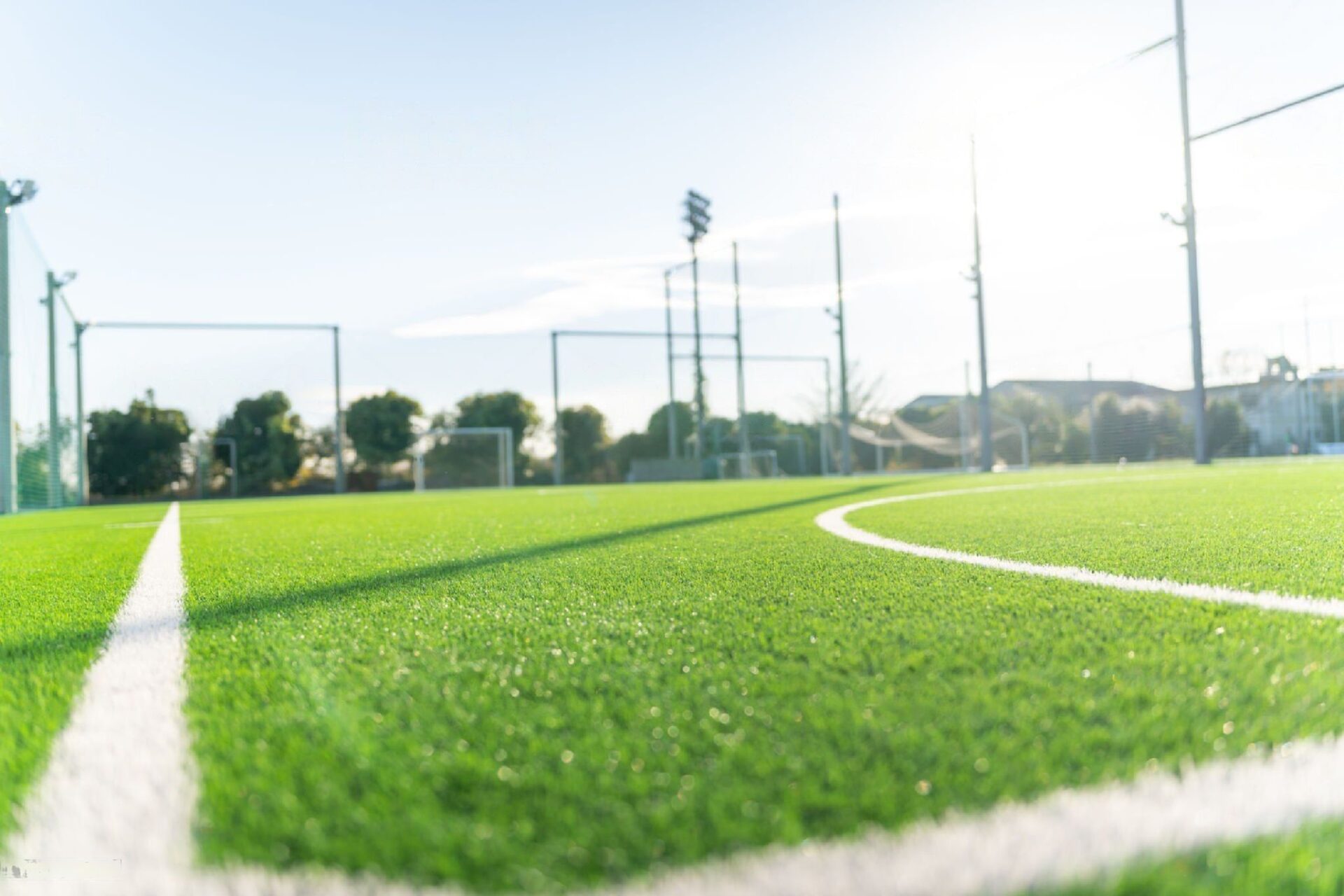
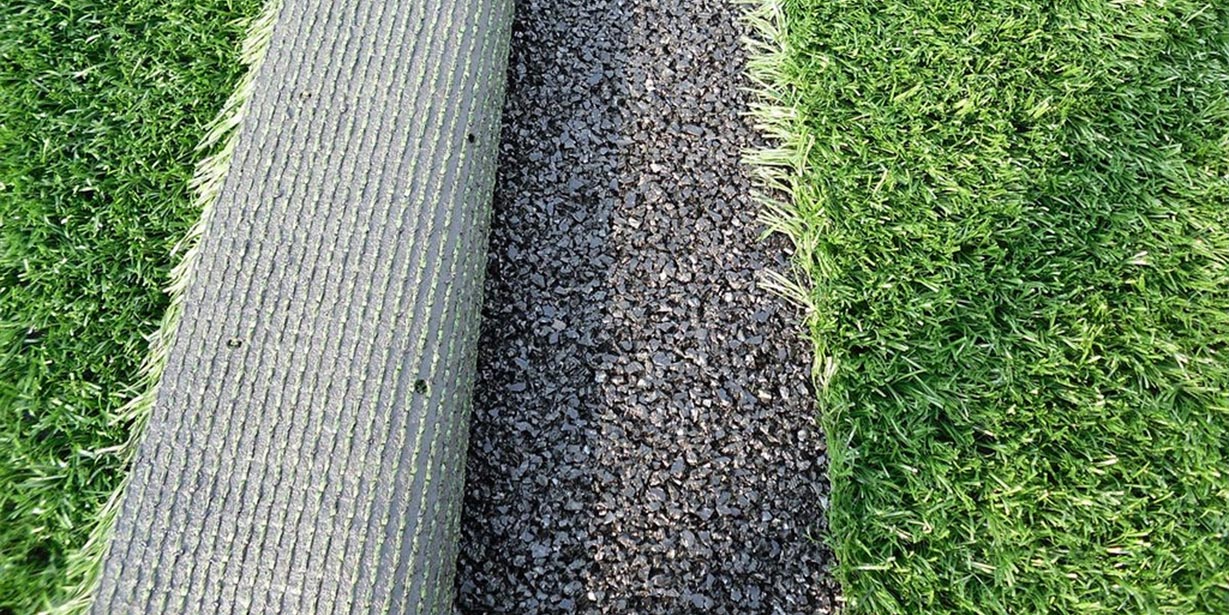

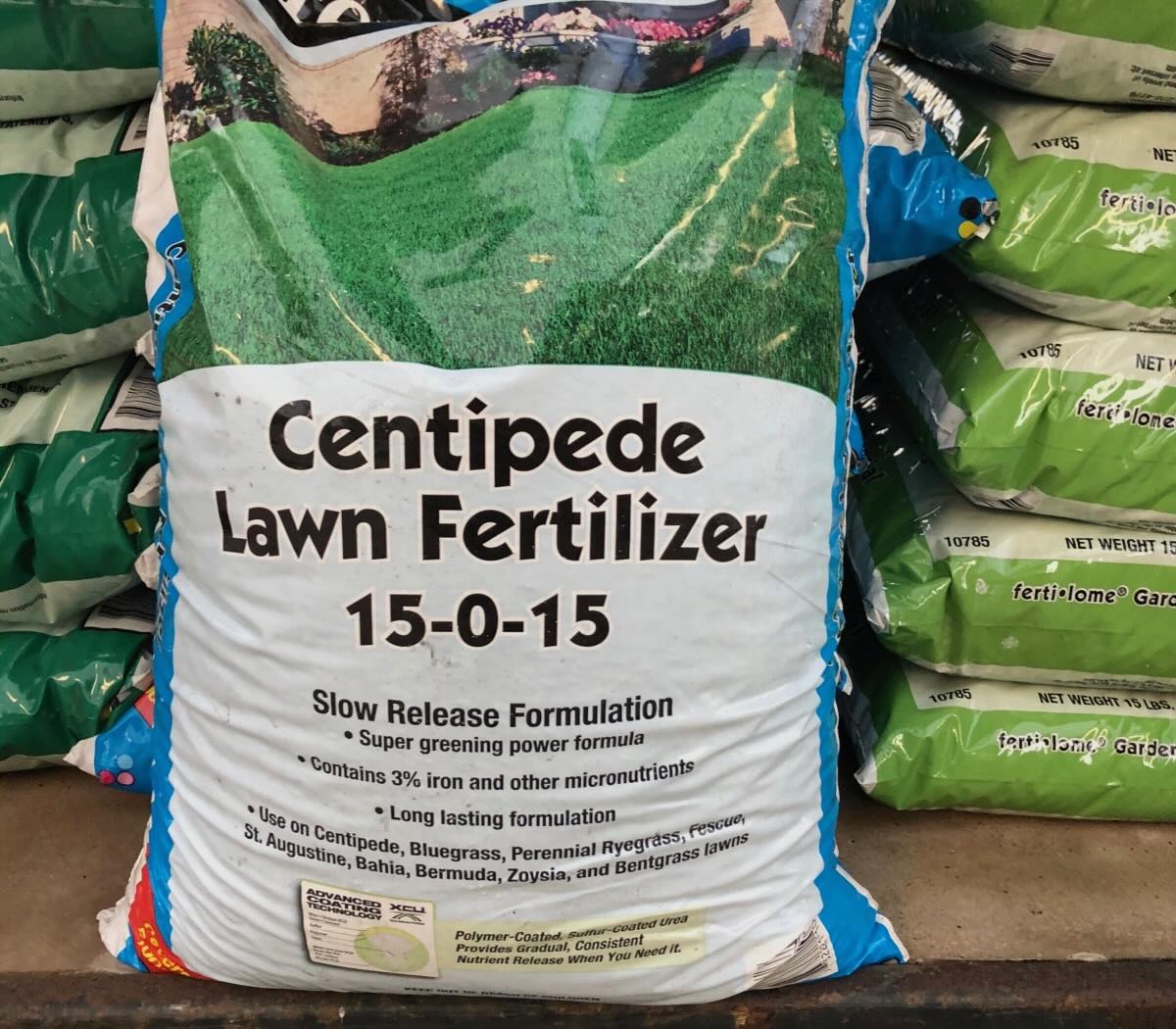
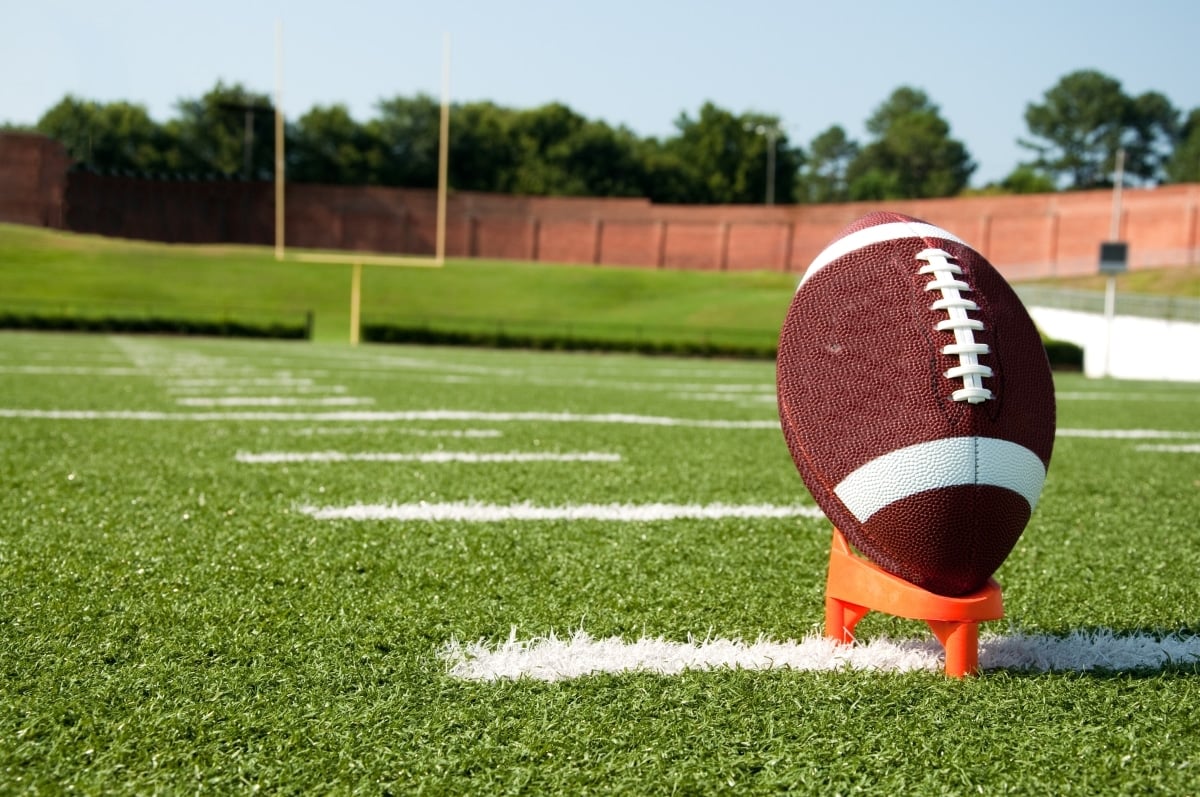
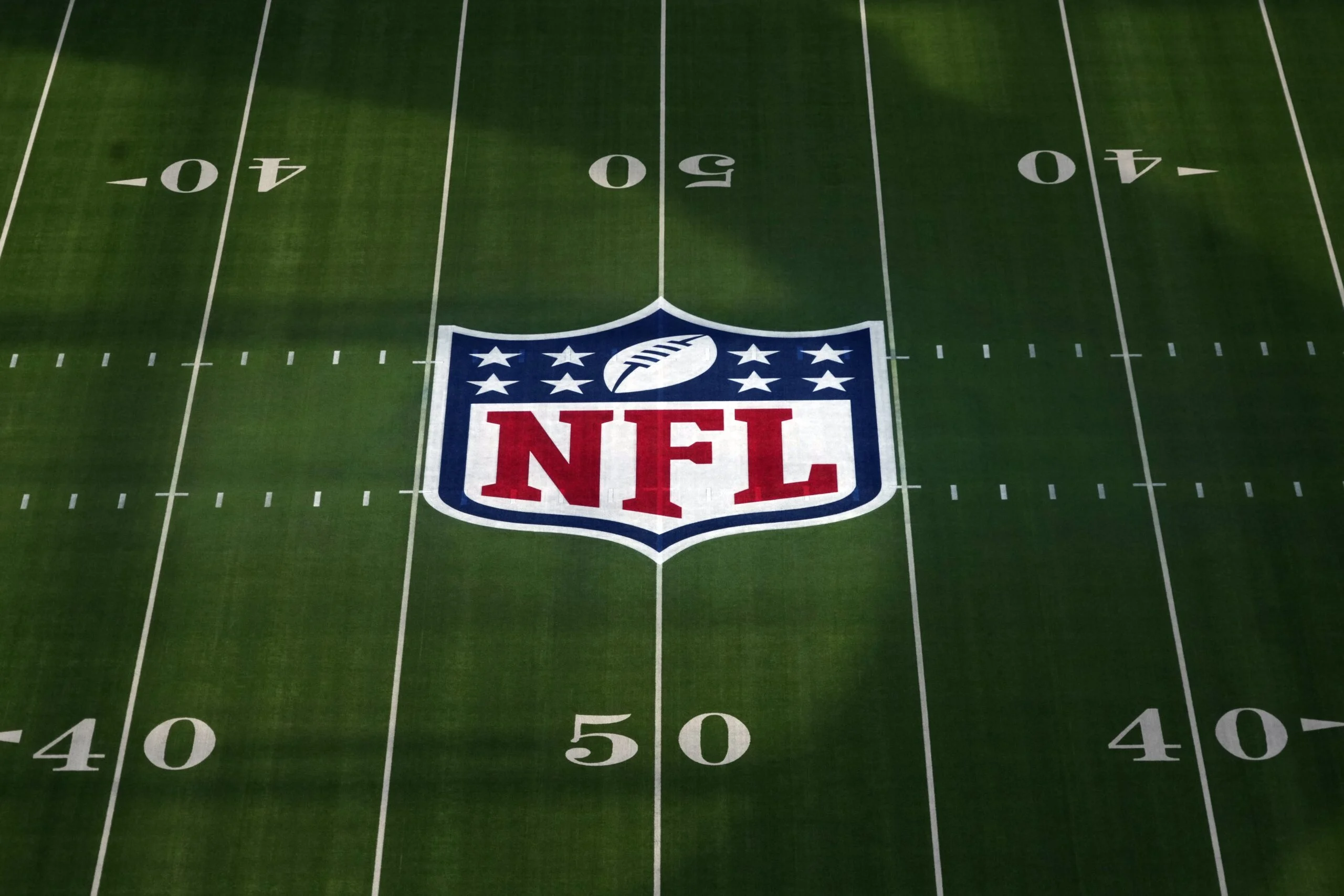
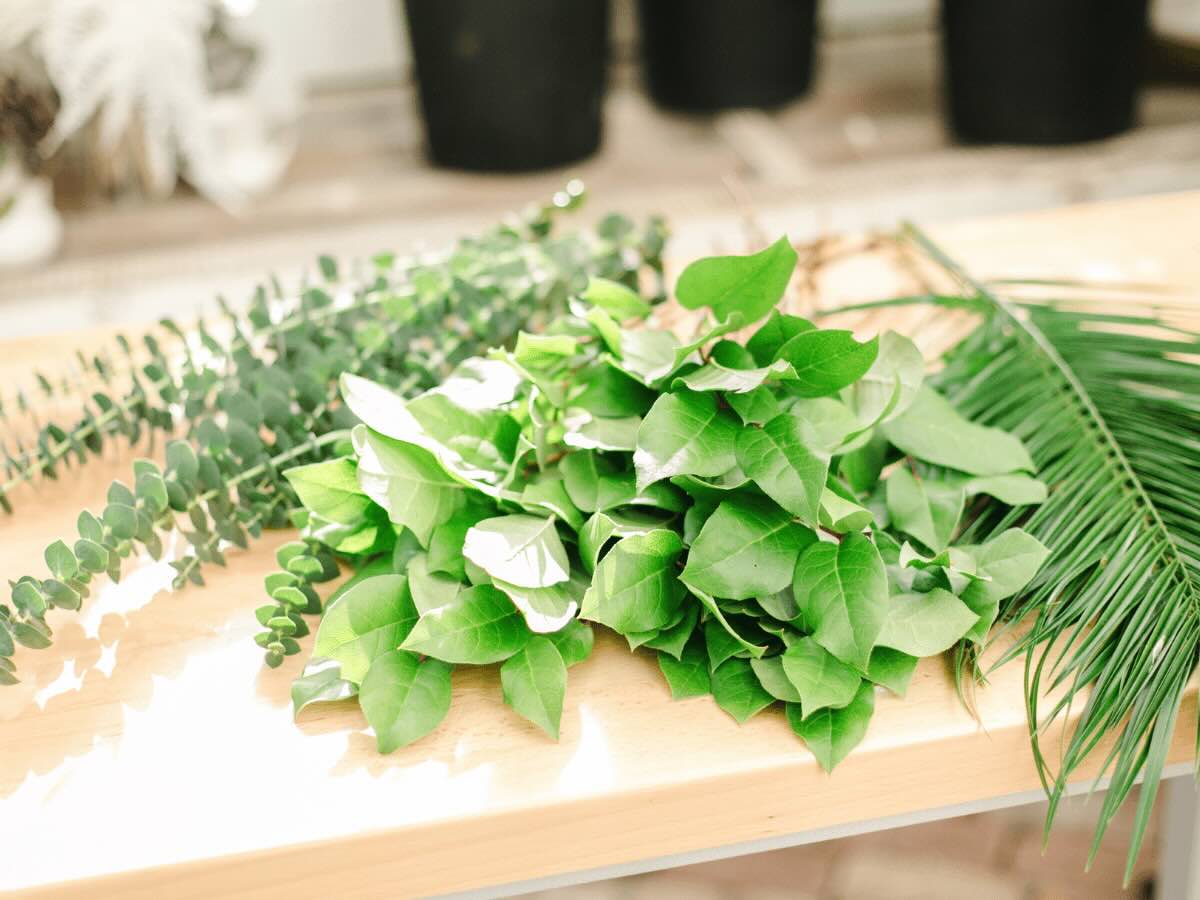
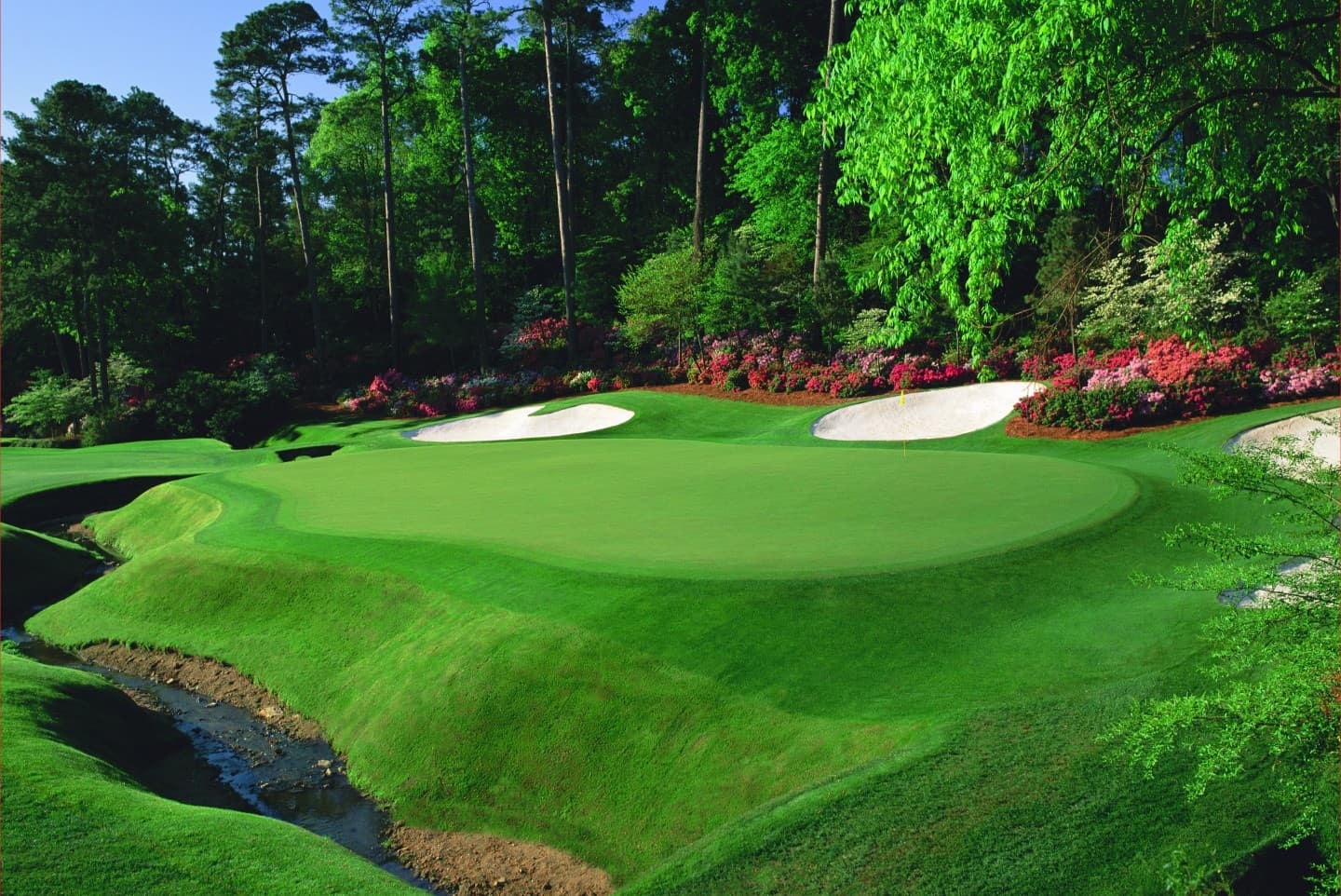
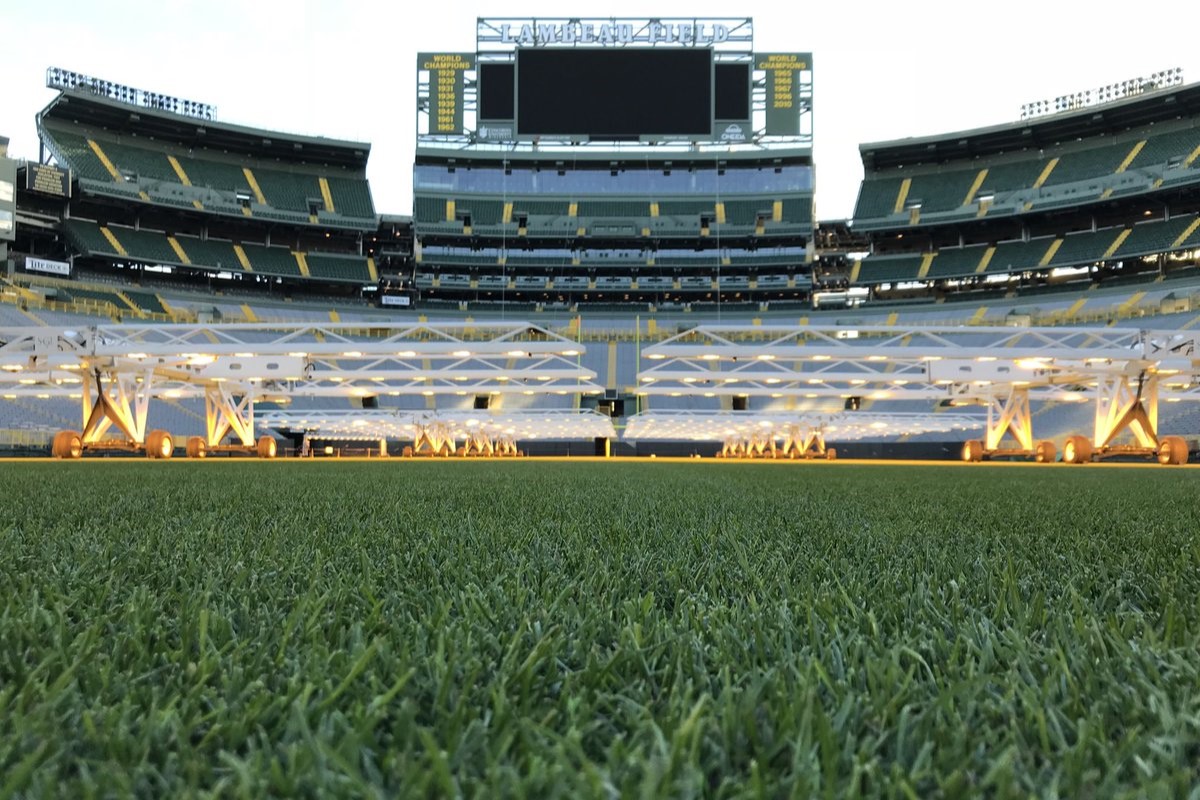
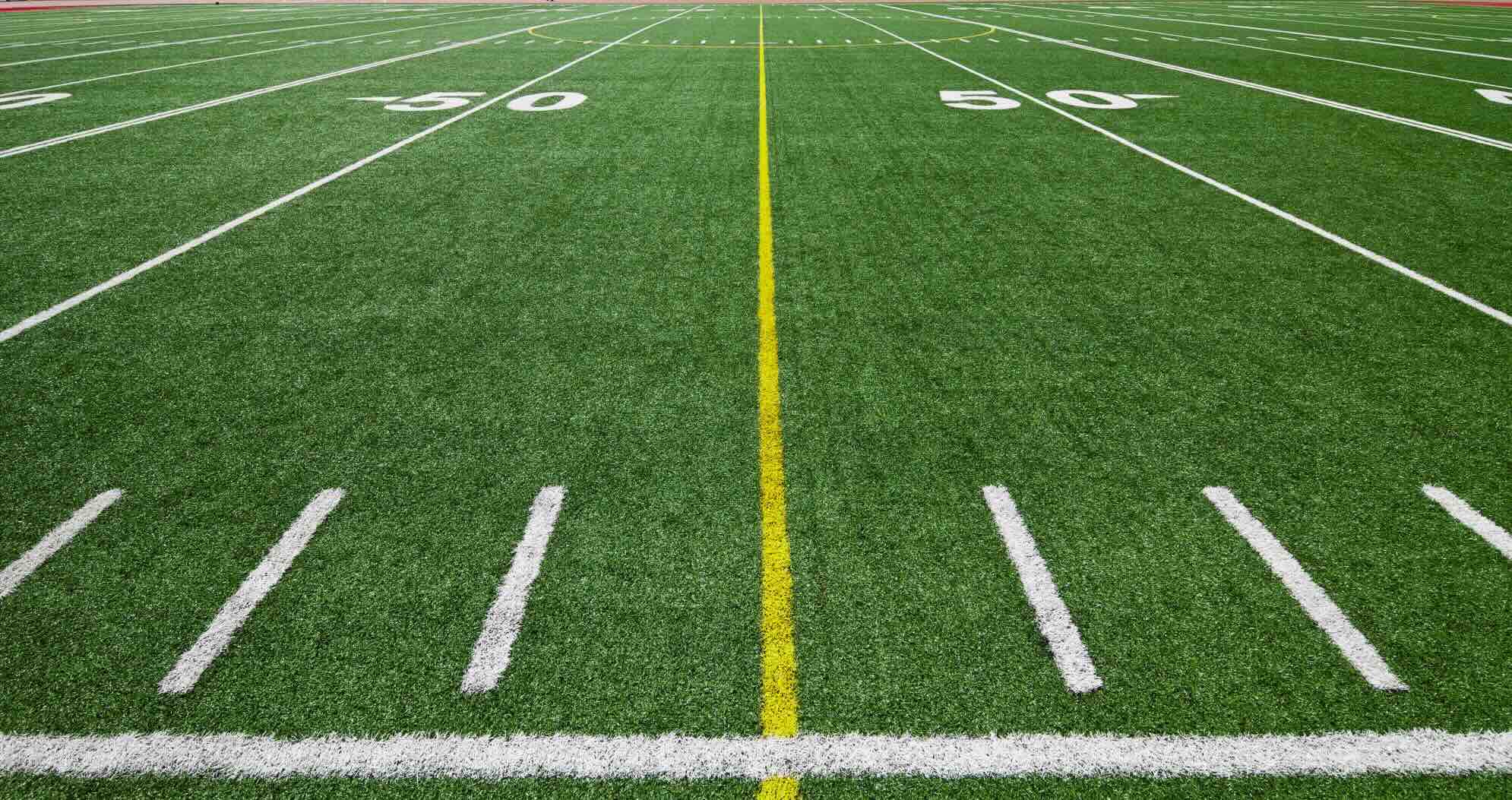
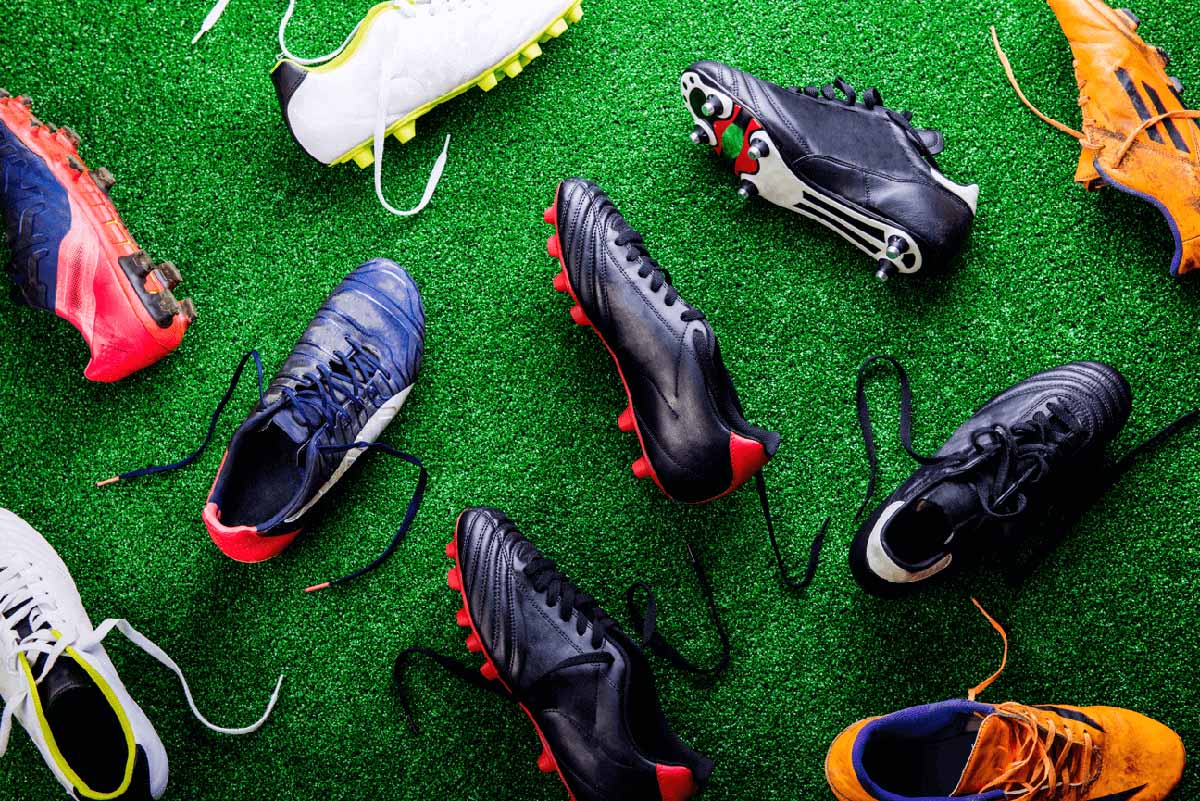
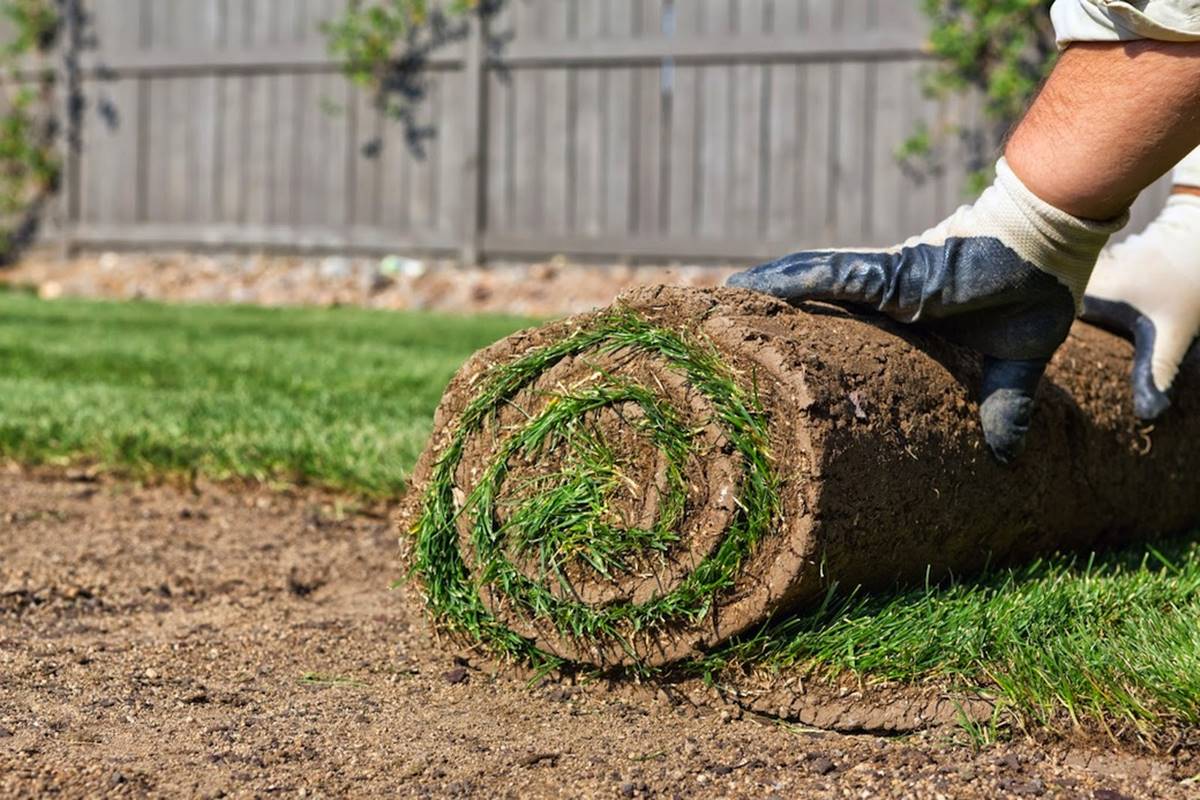
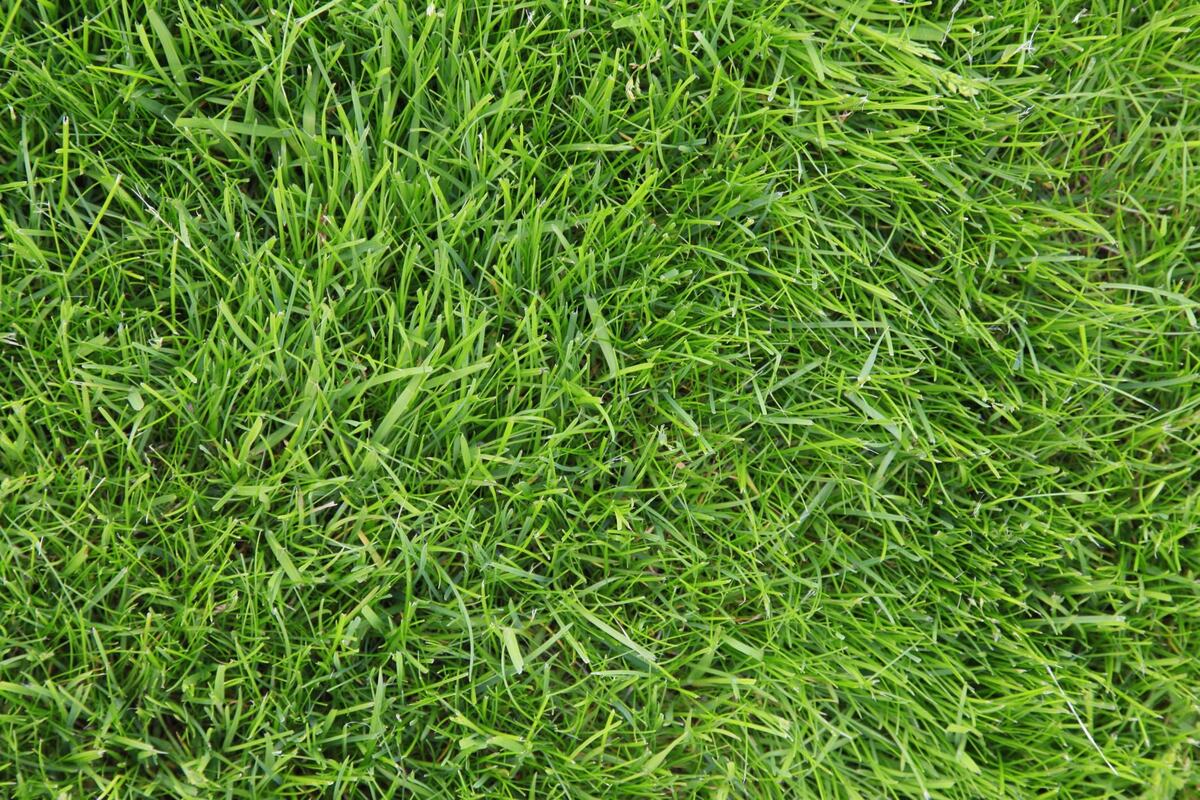

0 thoughts on “What Type Of Grass Is Used For Soccer Fields”